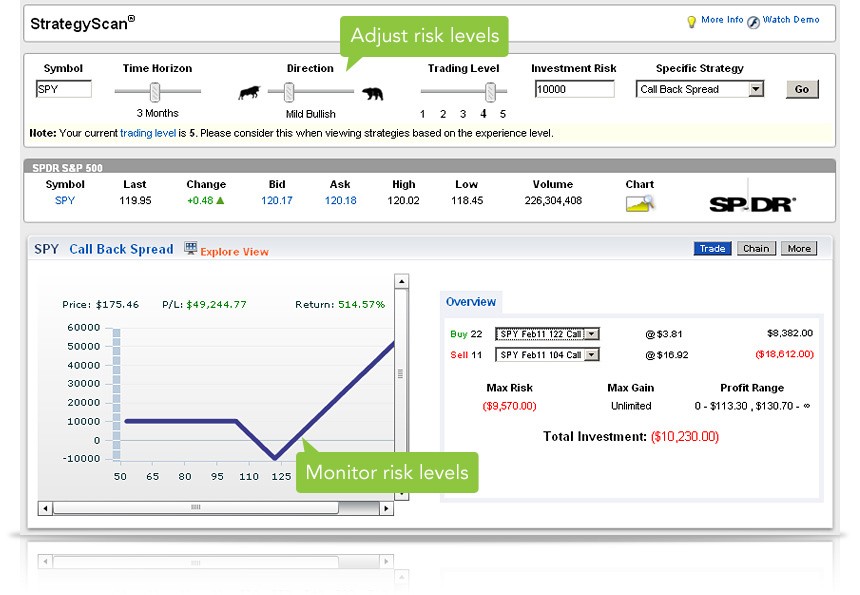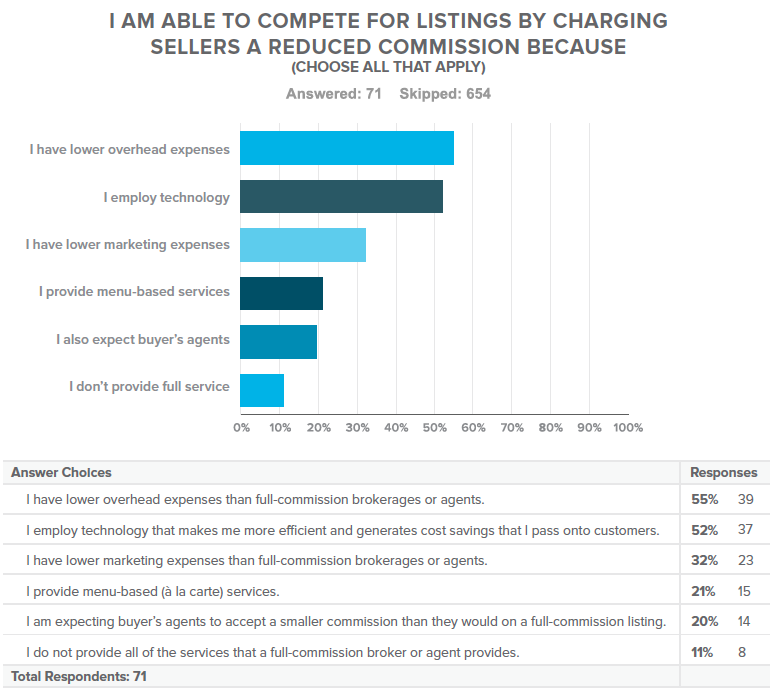The Top FullService Brokers
Post on: 11 Май, 2015 No Comment

J.Alex Tarquinio
The brokerage industry is going all out to get investors more excited about trading stocks again. In many cases, that means rolling out new technology for their clients’ smartphones and tablets. Over the past year alone, firms have launched a slew of mobile trading applications, social media tools, investing videos and seminars – many designed to be as unintimidating as a round of Angry Birds. But behind all this high-tech outreach, which brokers are really doing the best job for investors? In its annual survey of brokers — the June 2012 cover story, Text, Tweet, Trade — SmartMoney Magazine ranks the best and the worst.
You might think the most affluent investors would get the best tech tools. But surprisingly enough, experts say, most full-service brokers are behind the technological curve; their websites lack features that are standard among even run-of-the-mill discounters. Getting wired is a tricky balancing act for the full-service crowd. We don’t ever want technology to take the place of the relationship, says Jim Weddle, managing partner at Edward Jones. Indeed, full-service brokers want to avoid the impression that they are abandoning the hand-holding that sets them apart (and helps justify their prices). Still, some brokers are catching up — not least because better technology can improve customer retention, says Bill Doyle, an industry analyst at Forrester Research.
Edward Jones bounds back into the top spot in our survey, in no small part because of its stock picking in 2011. Not only did the firm’s recommendations outperform Standard & Poor’s 500-stock index, but its customers also gave the firm high marks for its stock research. That helped the brokerage recover from its poor showing as a stock picker last year. The St. Louis–based firm says that in 2011 the market favored the large, high-quality stocks (think Colgate-Palmolive and IBM) that it generally recommends. On the tech front, Edward Jones has been diving into social media — posting videos about investing strategy to its YouTube channel and tweeting daily on Twitter. It also gets high marks for customer satisfaction and trust in independent surveys.
- UBS.com
- Number of Brokers: 11,200
- Number of Branches: 300
- Noteworthy: Strong website and customer satisfaction
Methodology
To gauge these brokers’ strengths and weaknesses, we looked at a wide range of factors. Among other things, we weighed data on the performance of the stocks they recommended, pored over studies on customer satisfaction, and consulted experts who study important intangibles like the user-friendliness of their account statements and websites.

UBS is among a handful of full-service brokerages that get it when it comes to the Web, a factor that helped it leapfrog from fourth place last year. Research firm Corporate Insight found the UBS site particularly comprehensive and easy to navigate. Its many features include clear and detailed stock charts that let users add and save their own research notes; sophisticated active-trader types, meanwhile, can feast on arcane technical indicators like Bollinger Bands and stochastics. (Investors to whom those terms mean nothing needn’t feel left out: UBS also gets high marks for the simplicity of its statements.) The U.S. arm of this Swiss financial giant has created a traveling office mobile application for its advisers.
- RaymondJames.com
- Number of Brokers: 5,100
- Number of Branches: 2,350
- Noteworthy: High customer satisfaction
Last year, Raymond James redesigned its customer website and added an online-bill-pay system, both enhancements we like to see. But glitches remain: The site still fares poorly for user-friendliness, according to Corporate Insight. Chet Helck, the chief executive officer of the global private client group, says the firm has hired a new technology team and the website is continuing to evolve, with more changes on tap this year. Clients, overall, remain happy, however: In a survey by J.D. Power & Associates, they gave their relationships with their individual Raymond James advisers particularly high marks. Compared with its competitors, the firm also does a good job of clearly communicating its commissions and fees.
4. Merrill Lynch
- ML.com
- Number of Brokers: 17,300
- Number of Branches: 722
- Noteworthy: Big website improvements
Merrill has invested in an upgraded website for its full-service customers and launched mobile applications that allow customers to trade and even deposit checks. Still, the firm hasn’t regained the trust of clients since the financial crisis. In a recent poll by independent research firm Forrester, only 40 percent of the broker’s customers agreed with the statement my financial adviser does what’s best for me, not just its own bottom line. That’s up from a year ago, but it remains among the lowest of the brokers we reviewed. John Thiel, the head of U.S. wealth management for Merrill Lynch, says this is an industrywide problem: In the aftermath of the financial crisis, he says, many investors still distrust Wall Street in general.
5. Wells Fargo Advisors
- WellsFargoAdvisors.com
- Number of Brokers: 15,250
- Number of Branches: 1,500
- Noteworthy: Ranks last in customer satisfaction
Among the brokers in our survey, Wells Fargo ranked last in a customer-satisfaction poll by J.D. Power, with the broker’s clients giving it low marks for the performance of its investment recommendations and for what the clients perceive as high fees. Those scores contributed to Wells Fargo falling two notches from our 2011 survey. Brand Meyer, a senior managing director at Wells Fargo, says the firm’s internal research shows that customers are satisfied with their own advisers. Meanwhile, Wells Fargo has other strengths to build on, including its account statements, which feature a chart outlining an account’s growth on the first page and have been hailed by independent research firm Dalbar as an industry-leading concept.
Customers are clearly still adjusting to all the changes at this megasize broker, which emerged from the financial crisis following Morgan Stanley’s purchase of Smith Barney from Citigroup in 2009. Thousands of brokers have jumped ship, and customer satisfaction has dropped steeply. In the most recent J.D. Power survey, Morgan Stanley Smith Barney customers gave the firm mediocre marks with regard to their relationships with advisers. Its customers aren’t happy with fees either. (A spokesperson for the firm questions the J.D. Power results, saying the survey skews to a lower demographic than our customer base.) Morgan Stanley’s website, while it scored better than some of its full-service rivals, did not offer research on ETFs, the ability to buy mutual funds, or tools for active traders, which often are standard at discount brokerages.
Corrections & Amplifications














